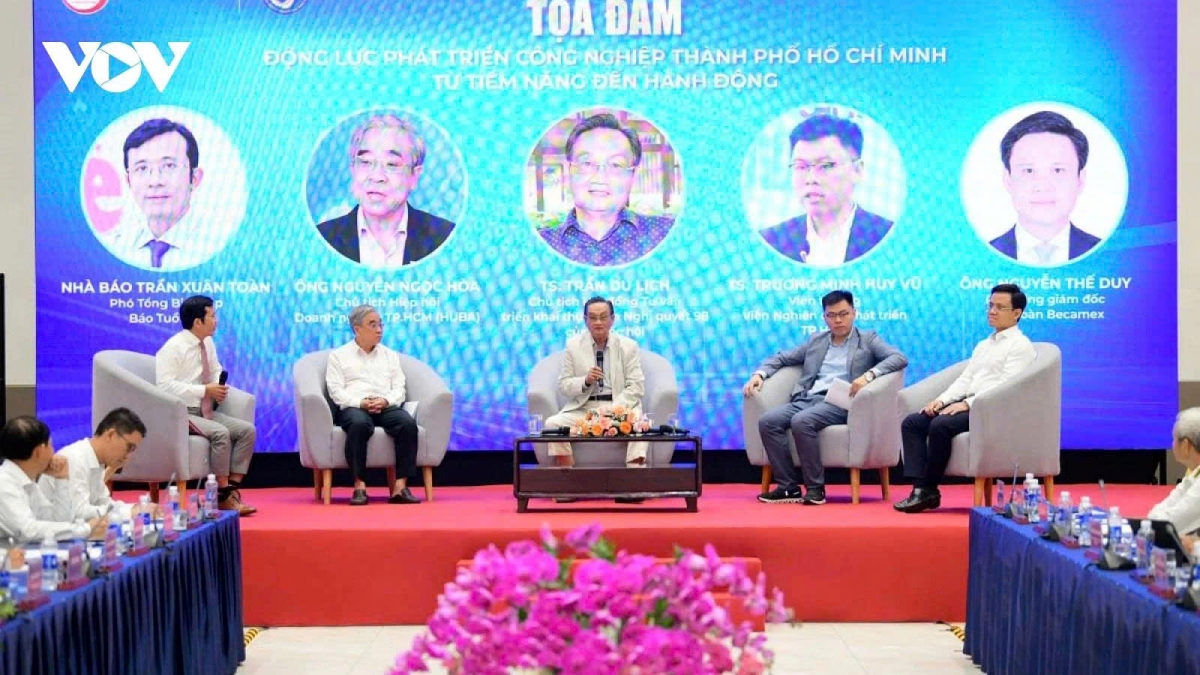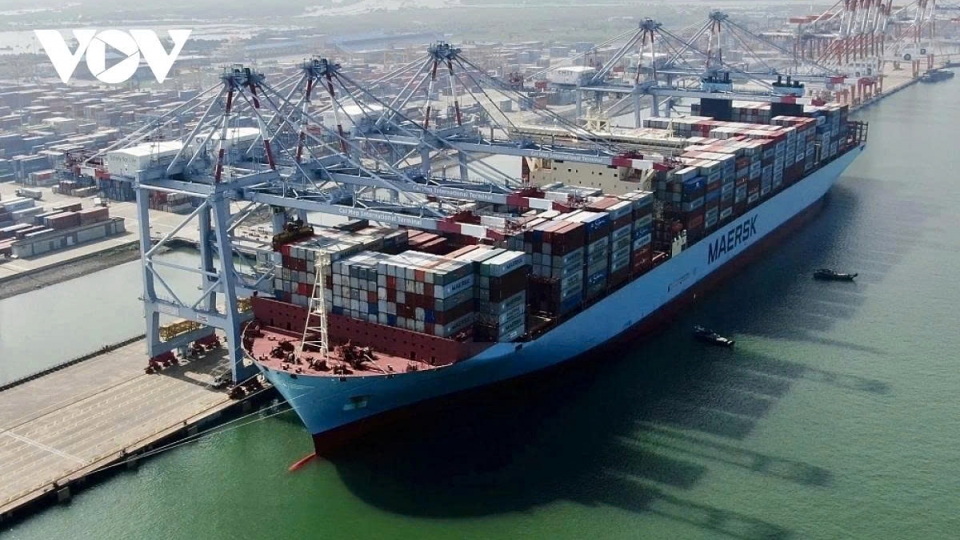HCM City urged to reshape industrial landscape to boost regional connectivity
VOV.VN - Experts attending a forum on July 17 urged Ho Chi Minh City to reshape its industrial map in light of its expanded space post-merger, aiming to enhance industrial coordination and regional integration.

Dr. Huynh Thanh Dien from Nguyen Tat Thanh University pointed out that HCM City’s current industrial production landscape is still overlapping and fragmented, and lacks integrated planning. He suggested that the city should assume a central coordinating role for industrial development across the Southeast region to fully leverage its strengths and the capabilities of neighbouring provinces.
He emphasised the need to establish a core industrial corridor linking research, production, logistics, and export across the Southeast, which could then radiate to the Mekong Delta, the western border areas, and northern provinces.
The city must take the lead in mapping out regional value chains, coordinating investments, and guiding provincial specialisation according to a unified regional industrial development plan, said Dr. Dien.
Taking the floor, economist Dr. Tran Du Lich, noted that the post-merger expansion provides HCM City with a golden opportunity to reallocate its industrial landscape. He proposed the creation of an industrial–urban–logistics–seaport belt stretching from Binh Duong to the deep-water seaport of Cai Mep – Thi Vai.
With more than 8,000 hectares of existing industrial land and 1,000 hectares dedicated to the high-tech zone, Dr. Lich stressed the need for balanced land allocation instead of overconcentration in central areas. He also recommended establishing a free trade zone at Lower Cai Mep Port to help regional enterprises better integrate into global supply chains and attract more foreign direct investment (FDI).
In this new phase, only free trade zones can directly plug into global value chains and attract strong FDI flows. This needs to be expedited, it’s a game changer, said Dr. Lich.
Experts and business leaders also agreed that logistics infrastructure remains a major bottleneck hindering industrial growth.
Nguyen The Duy, deputy general director of Becamex IDC, noted that infrastructure must be developed in sync with investor demand. Drawing on the success of the Vietnam – Singapore Industrial Park model, he held that timely, demand-driven infrastructure investment is key.
Duy shared Becamex’s integrated industrial park model that combines industry, services, urban development, and commerce, saying the system has already attracted over 4,500 enterprises with billions of US dollars in FDI.
He also revealed that Becamex is currently developing railway connectivity projects between northern Binh Duong and western areas, linking directly to Cai Mep Port and Long Thanh International Airport. This transportation corridor will link industrial zones with seaports and airports, forming the backbone of regional industrial logistics, said Duy.
With bold restructuring and regional collaboration, expanded Ho Chi Minh City that now comprises Binh Duong and Ba Ria-Vung Tau provinces is well-positioned to become the industrial engine of the Southeast and a major hub in Vietnam’s future development landscape.





